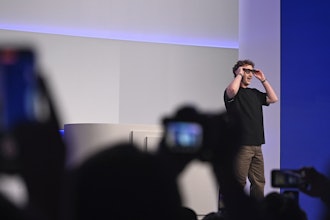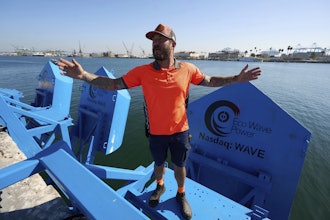
3DBio Therapeutics (3DBio), a clinical-stage regenerative medicine company, and the Microtia-Congenital Ear Deformity Institute announced they have conducted a human ear reconstruction using the AuriNovo implant, an investigational, patient-matched, 3D-bioprinted living tissue ear implant. The groundbreaking reconstructive procedure in the first-in-human Phase 1/2a clinical trial is evaluating the safety and preliminary efficacy of AuriNovo for patients with microtia, a rare congenital deformity where one or both outer ears are absent or underdeveloped.
AuriNovo is a patient-specific, living tissue implant created using 3D-bioprinting technology for surgical reconstruction of the outer ear in people born with microtia Grades II-IV. AuriNovo is designed to provide a treatment alternative to rib cartilage grafts and synthetic materials traditionally used to reconstruct the outer ear of microtia patients. The U.S. Food and Drug Administration (FDA) has granted AuriNovo Orphan Drug and Rare Pediatric Disease Designations.
“As a physician who has treated thousands of children with microtia from across the country and around the world, I am inspired by what this technology may mean for microtia patients and their families,” said Dr. Arturo Bonilla, who lead the team that performed the procedure. “This study will allow us to investigate the safety and aesthetic properties of this new procedure for ear reconstruction using the patient’s own cartilage cells. My hope is that AuriNovo will one day become the standard-of-care replacing the current surgical methods for ear reconstruction requiring the harvesting of rib cartilage or the use of porous polyethylene (PPE) implants. The AuriNovo implant requires a less invasive surgical procedure than the use of rib cartilage for reconstruction. We also expect it to result in a more flexible ear than reconstruction with a PPE implant. The AuriNovo living tissue implant is designed to provide a better solution for patients born with microtia by transforming their appearance and building their confidence and self-esteem.”






















